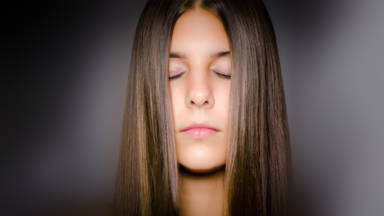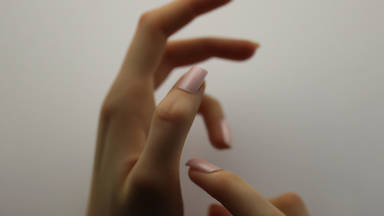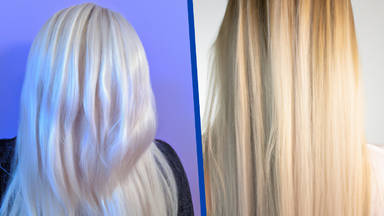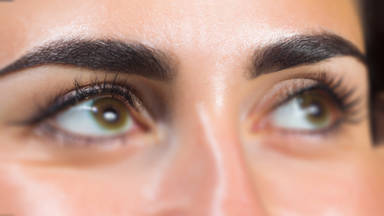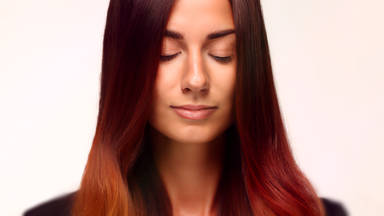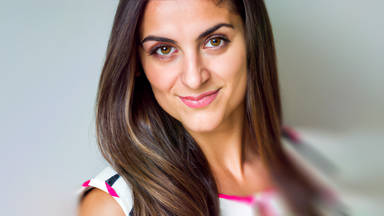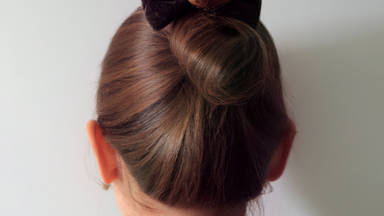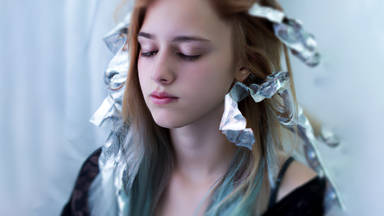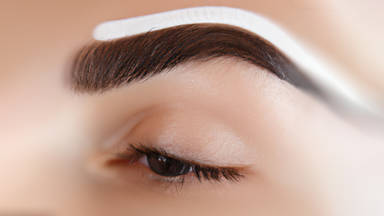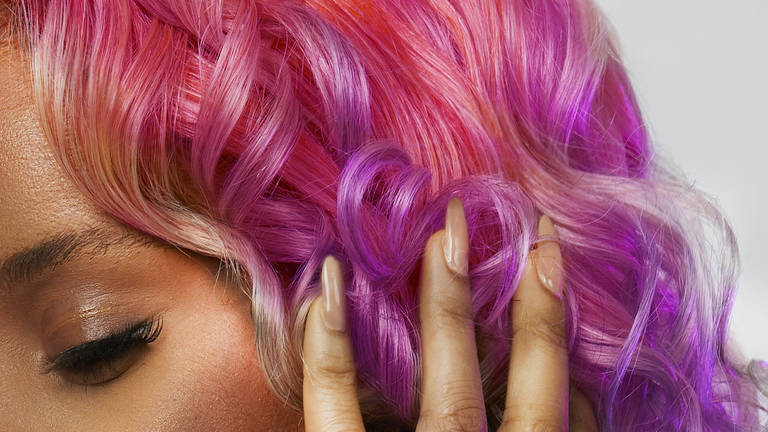
Understanding the triangle of colors becomes absolutely essential as one becomes familiar with the fundamentals of working with hair, Since this knowledge will give you the ability to create beautiful color combinations
We receive many questions every day from our readers asking to tell them how to mix colors to get a perfect result. In this article, You will learn how to read the catalog and understand how a particular color is made.
A catalog usually contains a list of natural colors and their corresponding numbers, which range from 1.0 to 11.0 to identify the hues. Colors can be read in two ways: Either by using Latin letters or by using audits and numbers in combination.
Remember that colors with a zero to the right of the audit always represent natural colors. One advantage of standard natural colors is that they will not leave a red stain on the hair. This can be an excellent choice for people who don't want their hair to appear red. The best part is that you can simply choose the color you like and apply it to your hair or even mix it with other colors if you wish.
The second part is the natural extra colors. Some catalogs have more colors than those of other catalogs. It is common to hear people complaining about the fading of their hair dye after a few showers. Colors in this section of the catalog have a longer lifespan and are more resistant to shampoo than the colors found in the previous section.
To distinguish extra and natural colors, remember that the letter N or a single zero after the audit represents natural colors, and the letter NF or two zeros represents extra colors. F-rated colors are those in which the pigments are full, which means they provide a higher level of coverage.
Having covered natural and extra sections, we now move on to mattecolors. A mattecolor is identified by having a number 2 after the audit. The matte color spectrum goes from number 2 to number 11, which is a very light matteblonde color. It is a cold color, and the yellow and blue pigments in this spectrum are more plentiful. This spectrum is best suited to people with white skin who wish to use color from this range in accordance with their natural skin tones.
Most brands' ashy and smoky colors are represented by numbers 1 and 11 after the audit. This color contains a significant amount of blue, so it will cover yellow and orange pigments in your hair effectively. Also, these colors work better with lighter skin tones.
If you see the same number twice, it means the color is more potent and will last longer on your hair. Copper is one of the warmer colors in a catalog, and its number is 44 after the audit.
Golden section is represented by the number 3 after an audit, so you'll know if you're looking at this type of color. If you have a lot of white hair, you should use color 5.3 or 6.3 because white hair could make your posture appear colder, and these colors would really enhance your appearance and make you look much younger.
On to our tobacco color section. These colors are represented after the audit by the number 45. Some people prefer a mix of colors. Here, you can find them already mixed. Using color numbers 4 and 5 and identifying which colors went into the mix, you can tell whether copper or mahogany was used.
The Nescafe color shades are next, beginning at 4.47 and ending at 10.47. This section also includes mixed colors by the numbers after an audit. Those colors after number 7 must only be used on bleached hair for the right result. Here you can see ash golden colors made from 7.31, 8.31, and 9.31. These colors are also only recommended for bleached hair.
There are many beautiful colors within the violet and mahogany violet spectrum, and they are particularly suited to people who have colder skin tones. The color violet is an excellent antidote for yellow. If you prefer warm colors, you can use a very small amount of this color to reduce yellow.
We now move on to red, which is a warm color. This color has been represented by number 66 after the audit. There are four different types of red available in a color catalog, and the more colors there are, the brighter the red will appear. These colors are usually more suited to use by people with darker skin and colder exteriors since they reflect the highest amount of light.
You can choose from a variety of colors within the chestnut and mahogany spectrums, represented by the numbers 5 and 4, you can also find beige, which is represented by the numbers 8.67, 9.67, and 10.67.
Next, there is the honey color, which can be identified by numbers 7.57 and 9.57. Then we have bronze, which is a very versatile color that is suitable for Ombre dyes.
In the following section, you will find the color hemp. This color contains the least amount of red and is considered a cold color. Additionally, there is a chocolate color, which is represented with the number 7 after the audit. It's a lovely color and if combined with gold, it can cover white hair very well.
Next, we'll look at highlights and catalog specific colors. Let's see when you should use highlights. For example, 12.1 is a smoky color, and 12.12 is a copper highlight, both of which should only be used when you want the least amount of yellow in your hair; If you need a light yellow tone as well as a highlight, then number 12.5 is the way to go.
Variations of the mixed tones include shades of smoky, blue, violet, and grey and are right for certain types of dyes such as galaxy dye where you can use both gold and violet together.
Combinations or mixed tones are pure and powerful colors that if used excessively or if overused, will have opposite results. However, you can use them appropriately to achieve your desired effects. As an example, if you want to use matte, you can also mix a small amount of green to achieve the most effective result.
Additionally, you may want to add a little E20 cream or lightening cream for a stronger lightening effect. This can act as a bleaching agent.
A variation is usually represented by E or 0 before the audit. The alphabet E and number 0 are both signs used to show mixed tones. It's very important whether 0 is used before or after the audit. If 0 is used after the audit, it shows the color is natural, but if it's used before, it shows a mixed tone.
We have now completed our tutorial. We hope you found this article informative and useful about dye colors combinations. Please remember to check out our other articles for more hair coloring and hairstyle ideas.
